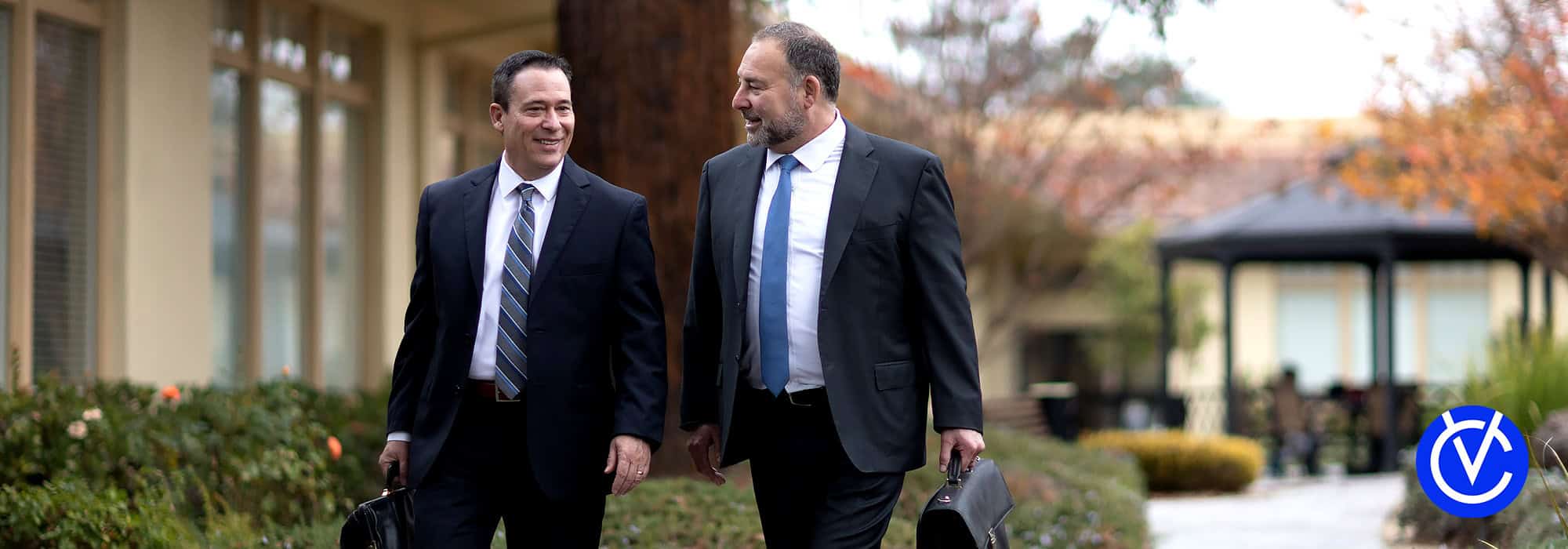Carbon monoxide (CO) is a colorless, odorless gas that can be lethal at high concentrations. Despite this, CO is still quite prevalent in the home since many heat-producing appliances emit the gas.
Learn three common sources of CO in the home and how to protect your loved ones from carbon monoxide poisoning.
CO is released from a variety of household appliances. Most of these appliances produce energy through the release of heat. In general, the sources of CO can be broken down into the following categories:
Many kitchen appliances, in particular the gas stove, emit CO. This makes the kitchen one of the hot spots in the home for CO buildup. However, the risk for carbon monoxide poisoning is lesser in the kitchen because this area of the home is often better ventilated.
CO is a major byproduct of burning wood as well as incomplete butane or natural gas combustion. This is why many tents have warning labels telling users not to pitch their tent near their campfire, because this could lead to a dangerous buildup of CO in the tent. Likewise, controlled fires in the home can also be a major source of CO. Chimneys can become blocked causing CO gas to build up in the room where the fireplace is located. There are additional dangers from gas fireplaces that can have leaks in their combustion chambers leading to large volumes of CO escaping into the home.
Vehicles emit CO through their exhaust pipes. Some vehicles may emit more CO or other toxic gases if their catalytic converter is old or broken, since that component is responsible for reducing toxic gases and pollutants into less-toxic pollutants by catalyzing a redox reaction.
Therefore, it’s vital for garage doors to be opened before a vehicle’s engine is started, so CO does not build up in the confined area of the garage.
While CO can be quite prevalent in the home, carbon monoxide detectors are meant to prevent carbon monoxide poisoning by altering those in the home to dangerous levels of CO buildup in the home’s air. For a variety of reasons, this doesn’t always happen.
If you or someone you love has suffered from carbon monoxide poisoning in a residential or commercial setting, our San Jose personal injury attorneys can help you sort through the details and determine if you’re entitled to legal action.

As members of the Multi-Million Dollar Advocates Forum® and the Million Dollar Advocates Forum®, we have proven our ability to negotiate and litigate on behalf of our clients successfully. Retain us to put our tactical strategies to work for you. These skills are what make our legal team such a formidable opponent in any courtroom or negotiation setting.